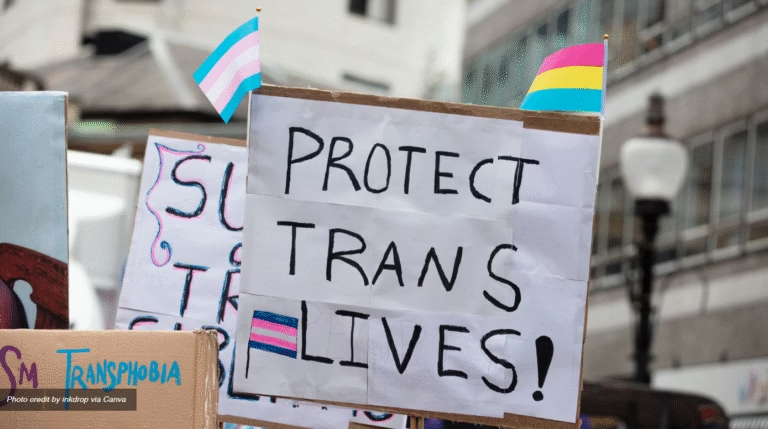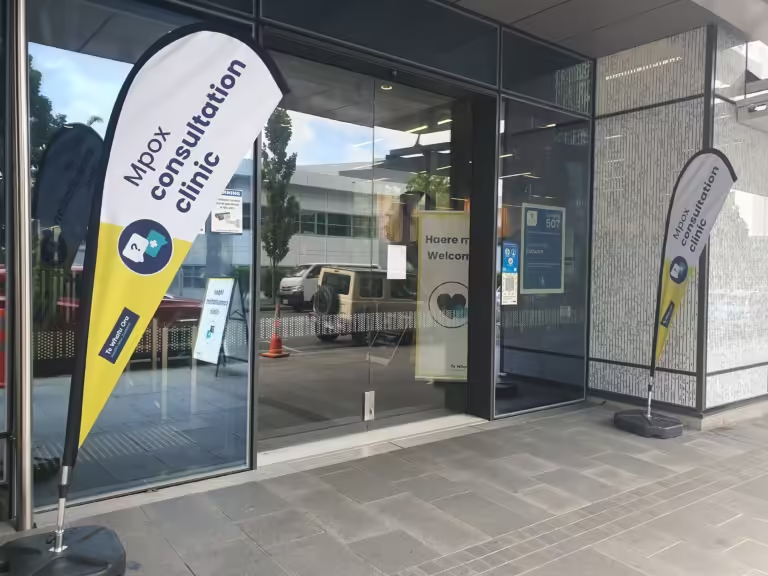Politically manufactured panic over “transgender extremism” endangers trans people, and the corporate media is unfortunately playing along.
Oct. 16
https://www.projectcensored.org/legacy-media-is-failing-trans-people/
The same day that Tyler Robinson shot Charlie Kirk, co-founder of the conservative student organization Turning Point USA, at Utah Valley University, the Wall Street Journal hastily and erroneously reported that the bullets Robinson used were inscribed with “transgender ideology.” Quickly, advocates and other news outlets, even the New York Times—which has a track record of biased and inaccurate coverage of LGBTQ issues—pushed back, contending that the unvetted report about rampant violence perpetrated by trans people “had gained enough heft to become fixed in the right-wing imagination.”
And it did.
Conservatives had already been using the tragic August 2025 shooting at a Minneapolis Catholic school, perpetrated by a transgender woman, to ramp up inflammatory anti-trans rhetoric—and the establishment press played right into their hands. After Kirk’s death, while Nancy Mace (R-SC) called for all trans people to be institutionalized and used a slur for trans people on the House floor, the Los Angeles Times ran an op-ed by Josh Hammer, a conservative political commentator, who wrote that “transgenderism … found itself implicated in another horrific shooting.”
Hammer’s op-ed was not just an “alternative viewpoint”; it was rife with deliberate misinformation, as underscored in a subsequent letter to the editor that the paper published days later. His use of “transgenderism,” a derogatory term employed by anti-trans figures, delegitimizes trans identities. Hammer also suggests trans people are more prone to political violence—a familiar and calculated ploy by those on the right to dehumanize trans people, which viciously, in turn, makes them targets.
Never mind that countless analyses have concluded that trans people are far more likely to be victims of violence than they are to commit violence against others, or that the out-of-control anti-trans legislation actively puts trans people in danger. When corporate media neglect to emphasize these points, its coverage bolsters anti-trans politics.
And it’s already shaping culture. Robby Starbuck, an adviser on AI bias for Meta, has spent time since his appointment ceaselessly spreading disinformation about “shootings, transgender people, vaccines, crime, and protests” online. Eric Bloem, vice president of corporate citizenship at the Human Rights Campaign Foundation, told The Guardian, “People should be able to find safe, welcoming communities online. Robby Starbuck pushes a dangerous anti-LGBTQ agenda, spreading disinformation and denying the very existence of transgender people.”
At a time when trans rights are increasingly threatened, Democrats are distancing themselves from trans issues while attempting to forge middle-of-the-road positions on trans issues that might be more palatable to centrists and Republicans.
In June 2025, the Supreme Court ruled, in U.S. v. Skrmetti, that bans on gender-affirming care for transgender minors are constitutional. The Court’s 2022 Dobbs decision had included comparable language, reasoning that abortion should be at the discretion of “the people and their elected representatives.” The Dobbs ruling caused a collective uproar for Democrats, who held “press events, hearings and rallies in support of abortion and women’s rights,” as many outlets, including NOTUS, reported.
But when asked if the Skrmetti decision should encourage the left to renew and reinvigorate its support for trans people, Rep. Julie Johnson (D-TX), co-chair of the Congressional Equality Caucus, said that although she believes “health care should be at the right and the role of the parent … the Supreme Court has ruled” and the Democrats are “either a party that supports the rule of law or not.”
In her 2025 memoir, Kamala Harris stated that the Trump campaign mischaracterized her position in its “Harris is for They/Them” ad. She maintains that although she feels a “deep connection” with transgender people (whatever that means), she has “concerns” over trans-inclusive sports policies. Still, she acknowledged that her campaign failed to give “even more attention to how we might mitigate Trump’s attacks.”
Prior to this, some Democrats attributed Trump’s win to the Harris campaign focusing too much on transgender rights.
“The Democrats have to stop pandering to the far left,” Rep. Tom Suozzi (D-NY) told the New York Times last November. “I don’t want to discriminate against anybody, but I don’t think biological boys should be playing in girls’ sports.”
This oft-repeated concern has been consistently challenged and debunked by both trans advocates and scientific experts. Yet, the New York Times presented Suozzi’s statement without context or correction, treating it as a legitimate position rather than scrutinizing its accuracy or implications.
Joshua D. Safer, executive director of the Mount Sinai Center for Transgender Medicine and Surgery, told the ACLU that “a person’s genetic make-up and internal and external reproductive anatomy are not useful indicators of athletic performance.” Moreover, he said that, for example, “for a trans woman athlete who meets NCAA standards, there is no inherent reason why her physiological characteristics related to athletic performance should be treated differently from the physiological characteristics of a non-transgender woman.”
It’s also important to recognize that trans-inclusive sports policies are just one part of a much broader and urgent conversation about the fundamental safety and basic rights of transgender people in the United States. When political leaders, lawmakers, and major media outlets center nearly every discussion of trans rights around sports, they not only fail to address the full range of issues trans people face—including barriers to healthcare, housing and employment discrimination, and a heightened risk of violence and harassment (especially for Black trans women)—but also mislead the public about the true scope and severity of the threats confronting transgender communities.
After Charlie Kirk’s death, the right-wing Heritage Foundation, most famous for its authoritarian Project 2025, called for the FBI to designate “Transgender Ideology-Inspired Violent Extremism,” or TIVE, as a domestic terrorism threat category. This unhinged appeal by the Heritage Foundation arose from a bogus claim by the organization that “50% of all major (non-gang related) school shootings since 2015 have involved or likely involved transgender ideology.” When Wired asked for the data behind this figure, the Heritage Foundation’s Oversight Project could not properly cite the research. Instead, they supplied a tweet from one of its vice presidents.
This frightening push by conservatives to treat trans people as a national security threat was utterly absent from corporate media outlets, including the New York Times, Washington Post, and CNN. The silence allowed a dangerous narrative to fester unchallenged in right-wing echo chambers, where calls for state surveillance of trans people are becoming more normalized.
Anti-trans legislation and policies further endanger an already marginalized group. But so, too, does shoddy media coverage. For example, the New York Times frequently quotes Tony Perkins, president of the notoriously homophobic and transphobic Family Research Council (FRC), but regularly features his more moderate (or more secular) claims, rather than representing him and his organization authentically as demagogic and divisive.
The New York Times even described FRC as “a conservative policy and lobbying group” at a time when the Southern Poverty Law Center designated it as an anti-gay hate group that “portray[s] gay men as sexual predators and pedophiles, pushing the fantastic falsehoods that the LGBT rights movement seeks to eliminate age of consent laws and that adoption by gay parents creates a risk of parental sexual abuse.”
These “filtered” versions of the spokespeople for anti-trans organizations skew the public’s perception. When media institutions fail to investigate extremist narratives masquerading as policy (or even uninformed positions), they create space for hateful, fringe ideologies to gain traction under the guise of legitimacy, ultimately bestowing authority on figures and groups that a dutiful Fourth Estate ought to hold accountable.
As attacks on trans communities intensify, both politically and rhetorically, responsible journalism must rise to meet the moment. Anything less is a failure not only of the press but of our shared commitment to truth, equity, and basic human dignity.












